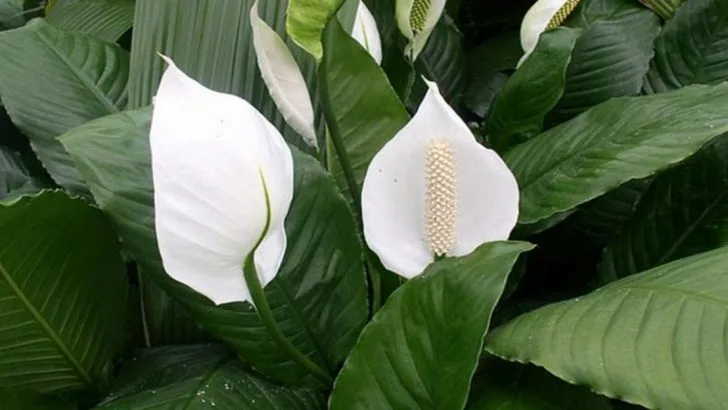Your peace lily is screaming HELP and you’re watering it harder. Drooping leaves are its dramatic SOS. It’s not begging for more water. It’s sending a coded cry in saggy emerald flags. It’s begging for help in its own theatrical way. Maybe it’s drowning in soggy soil. Or starving through drought. Roots crave oxygen. Soil needs to breathe. Too much sun scorches. Too little light mopes. Temperature swings feel like mood swings. Low humidity? It craves spa-level misting. Chlorinated tap water can burn it alive. Pests, funky pH, harsh chemicals—they all play villain. Even repotting can spark a meltdown. Drafty breezes give it the shivers. Crowded roots steal comfort. Old leaves retire with a flop. Ready to crack the lily code? Discover 12 reasons your plant droops—and the fixes that work. No more wild guesses. Let’s get that beauty back on its feet.
Inconsistent Watering Schedule
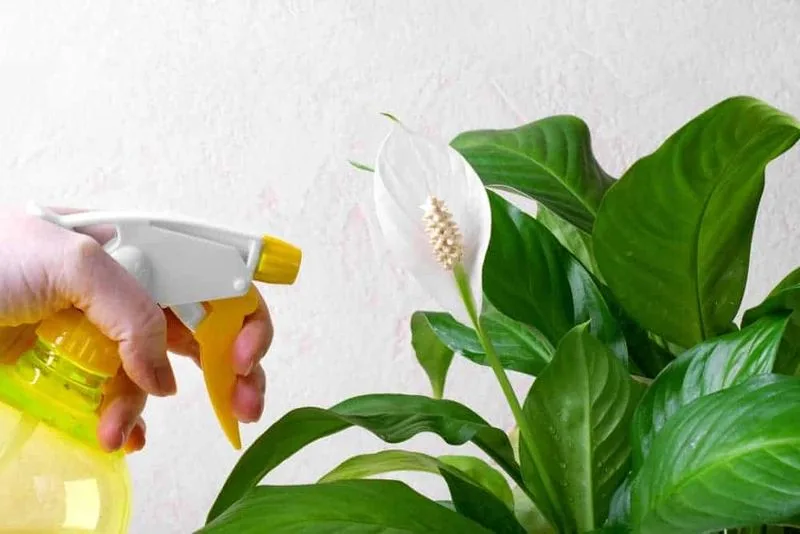
Do you water your peace lily on a whim rather than following a consistent schedule? Inconsistent watering can lead to drooping leaves. Peace lilies thrive on regular hydration but are sensitive to over-watering or drying out. When the soil is too dry, the leaves droop as if to say, “I’m thirsty!” Over-watering, however, drowns the roots, causing similar distress.
Find a balance by checking the soil moisture with your finger. If the top inch is dry, it’s time to water. Stick to a routine, as your peace lily loves predictability.
Low Humidity Environment
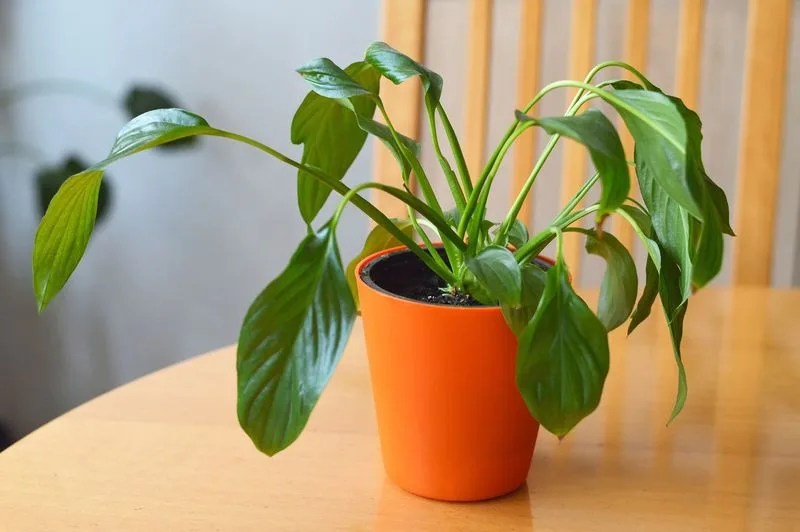
Peace lilies hail from tropical regions where humidity is naturally high. If your home is on the dry side, it can cause droopiness. These plants flourish in moist air, and lack of it can leave leaves sagging.
Consider placing a humidifier nearby or grouping your peace lily with other plants to create a micro-humid climate. Another option is to mist the leaves regularly, mimicking the humidity they’re used to in the wild. Your peace lily will thank you for the extra moisture in the air.
Improper Lighting Conditions

Too much or too little light can spell trouble for your peace lily. While they prefer bright, indirect light, direct sunlight can scorch the leaves, causing them to droop. On the flip side, insufficient light can leave them lackluster and limp.
Find a spot where your peace lily can bask in soft, filtered sunlight. A north or east-facing window often provides the perfect amount of light. Balance is key; your peace lily will perk up with the right lighting conditions.
Temperature Fluctuations
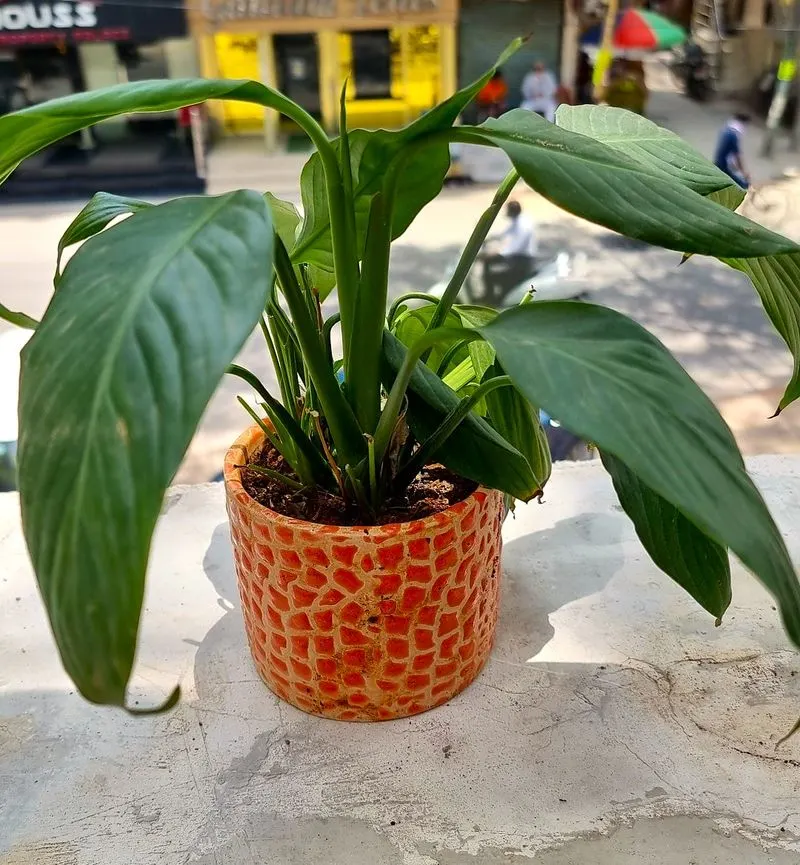
Peace lilies are sensitive to temperature changes. Drafts from windows or doors, or proximity to heating vents, can cause leaves to droop. These plants prefer stable, moderate temperatures akin to their native habitats.
Ensure your peace lily is situated away from cold drafts or sudden heat sources. A consistent environment will help your plant retain its strength and vitality, preventing those disheartening droops.
Overcrowded Roots
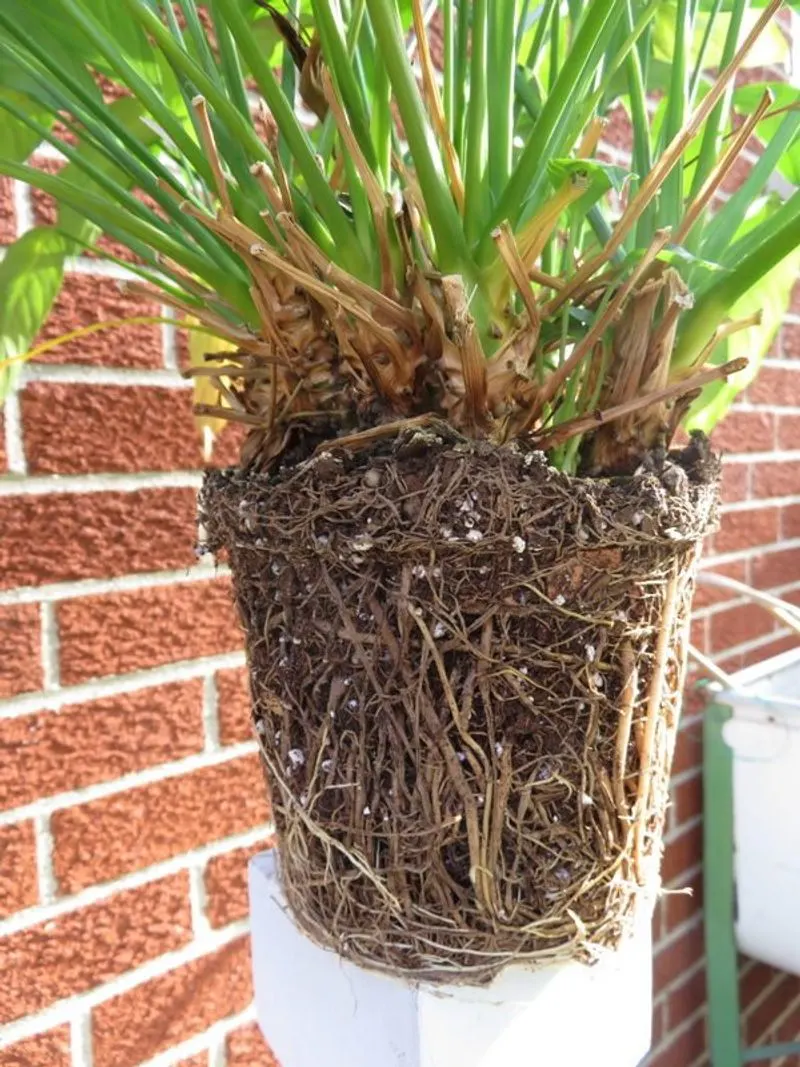
Is your peace lily’s pot too snug? Overcrowded roots may hinder its growth and cause drooping. When roots outgrow their container, they compete for nutrients and water, leaving your plant stressed and sagging.
Transplant your peace lily into a slightly larger pot to give the roots room to breathe. Use fresh, well-draining soil to encourage new growth. A little extra space can bring a lot of relief to your peace lily’s disposition.
Poor Soil Quality
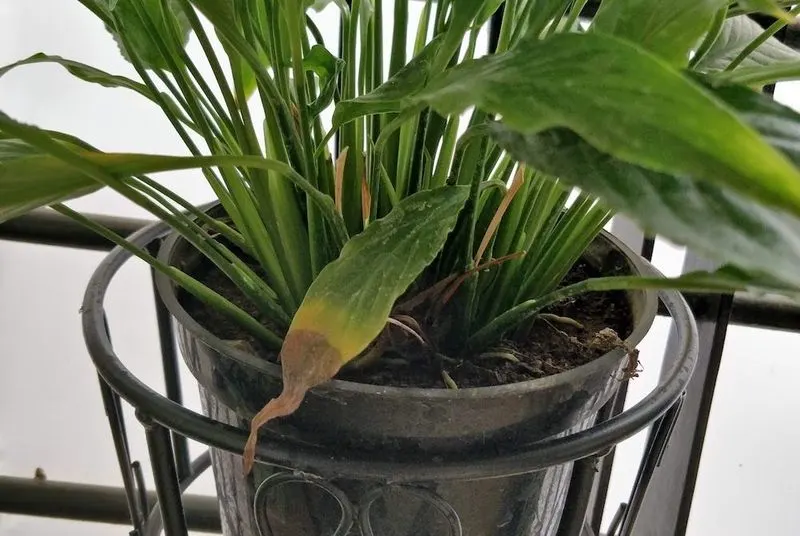
The soil your peace lily lives in is its foundation. Poor-quality soil that is compacted or devoid of nutrients can lead to drooping leaves. Peace lilies need a rich, well-draining medium to thrive.
Ensure the soil is loose and fertile, perhaps by mixing in some peat moss or perlite. Fertilizing occasionally with a balanced houseplant food can also reinvigorate your plant. Healthy soil equals a happy peace lily, standing tall and proud.
Root Rot

Overzealous watering can lead to root rot, a common issue in peace lilies. If the roots appear brown and mushy, your plant may be in trouble. Root rot cuts off the plant’s ability to absorb water effectively, leading to drooping.
To combat this, reduce watering and ensure proper drainage. If necessary, repot the plant, trimming away any affected roots. Fresh soil and a more cautious watering schedule will help your peace lily recover its poise.
Pest Infestation

Tiny intruders can wreak havoc on your peace lily. Pests such as aphids, spider mites, or mealybugs suck the life out of your plant, causing stress and drooping. Left unchecked, these pests can multiply, further weakening your plant.
Inspect your peace lily regularly and consider using insecticidal soap or neem oil to tackle infestations. A healthy, pest-free peace lily is more likely to stand tall and flourish.
Nutrient Deficiency

A lack of essential nutrients can leave your peace lily feeling under the weather. Yellowing leaves often accompany drooping, signaling a deficiency. Peace lilies require a balance of nutrients to maintain their vigor.
Consider a gentle application of a balanced, water-soluble fertilizer to replenish those missing elements. Regular feeding can provide the nourishment your peace lily craves, helping it to stand resilient and vibrant.
Chemical Sensitivity
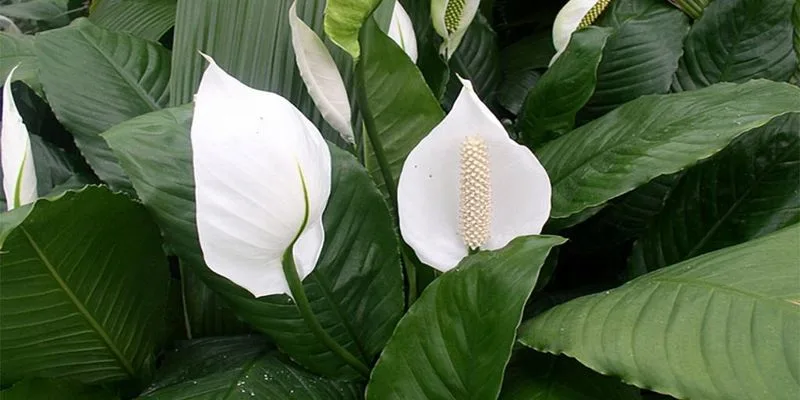
Peace lilies are sensitive souls, especially to chemicals in tap water. Chlorine and fluoride can cause leaf burn and drooping. If your peace lily looks unhappy despite good care, the water might be the culprit.
Try using distilled or rainwater, or let tap water sit out overnight to allow chemicals to dissipate. This small change could rejuvenate your plant, restoring its graceful arch and vibrant appearance.
Acclimation to New Environment

Moving can be stressful for a peace lily. When adjusting to a new environment, the plant may droop as it acclimates. Changes in light, temperature, and humidity can all play a part in this temporary slump.
Give your peace lily some time and consistent care. Gradual acclimation allows the plant to settle in and regain its strength. Soon, it will adapt and flourish in its new home, displaying its characteristic vitality.
Aging Leaves

As peace lilies age, some leaf drooping is natural. Older leaves may yellow and droop, which doesn’t always indicate a problem. It’s simply a part of the plant’s life cycle.
Remove these aging leaves to encourage new growth and maintain the plant’s appearance. Embrace the natural progression, and your peace lily will continue to thrive and grace your space with its serene beauty.

